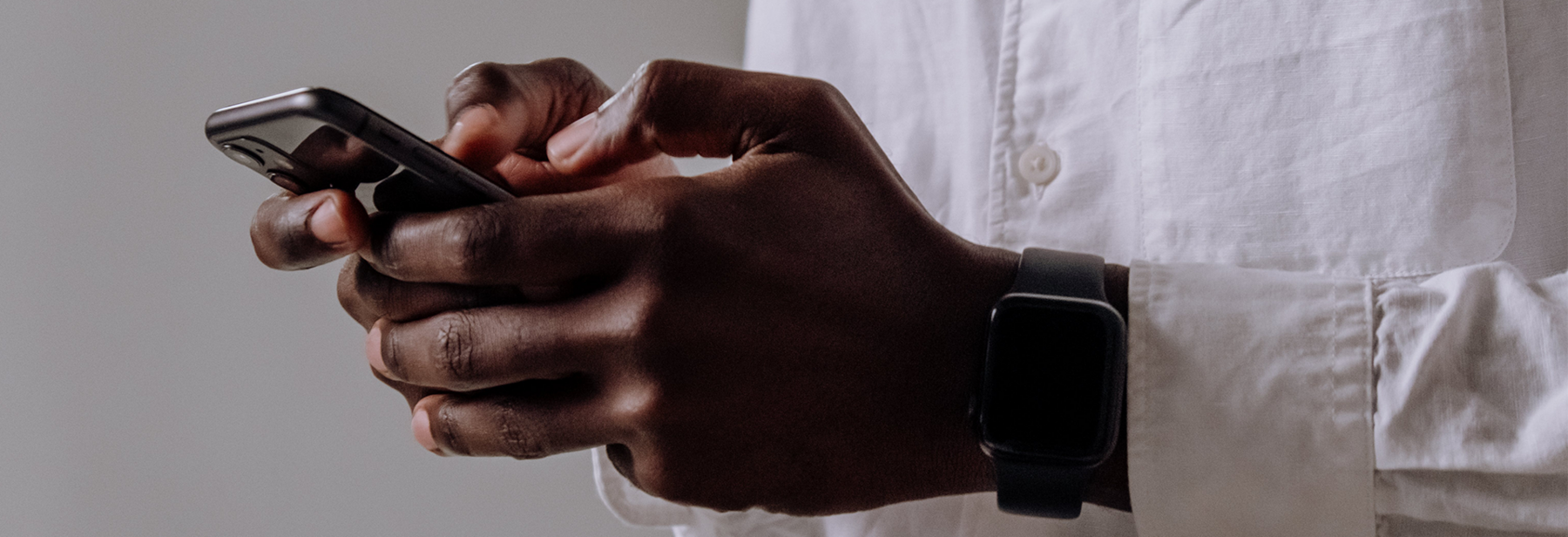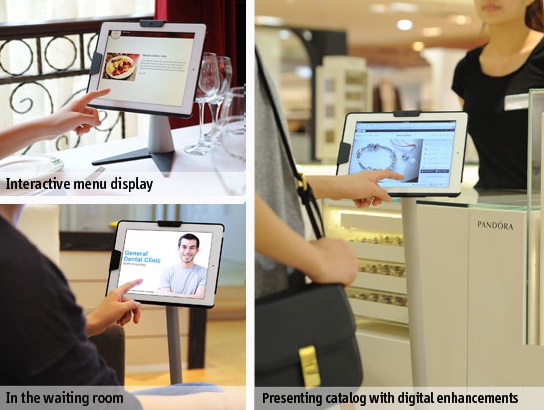
When Technology Gets in the Way of Customer Service

It is increasingly rare for customers to complete retail or service transactions without swiping their own credit cards or engaging with point-of-sale terminals. From hotel check in kiosks to tableside tablet computers in restaurants, firms are implementing customer-facing devices in service situations in landmark numbers. It’s no wonder, as frontline technology infusion, or the practice of deploying technology into service encounters, enhances efficiency between employees and customers. From a productivity standpoint, the benefits of technology infusion are clear — but what happens when a firm’s use of technology collides with its customer service strategy?
Face-to-face service encounters between employees and customers are fundamentally social exchanges in which customers place importance on brief, yet enjoyable personal connections with service-providing employees. These encounters are often characterized by rapport, which includes specific behaviors on the part of frontline staff including: smiling, pleasant conversation, and warm personal service.
New research sponsored by the Cornell Center for Hospitality Research investigates the intersection of “high tech” initiatives, marked by frontline technology infusion, and “high touch” strategies, marked by employee-driven rapport behaviors. I was part of this research team, and for several years, we explored customer perceptions of technology-infused service encounters across a number of industries.
Through a mixed methods research approach, we learned that the interactive effects of high-tech and high-touch strategies were subtle, yet emotionally powerful for customers. First, via multiple independent analysis of J.D. Power Guest Satisfaction Index survey data, we found that hundreds of customers who checked in and out of hotels using kiosks, and who also interacted with front desk staff, were less satisfied with their experience when employees engaged in rapport behaviors than when employees were low in rapport. For example, when hotel customers used a kiosk, and also experienced rapport building behavior such as a “warm welcome” from a front desk employee during check in, they rated their experience lower than hotel customers who used the kiosk and did not encounter any rapport behavior from front desk employees. On the other hand, hotel customers were more satisfied with their experience when employee rapport was lacking during their technology-infused interactions. Hotel customers who used the kiosk for check in and did not receive a “warm welcome” from front desk staff rated their check in experience higher than hotel customers who used the kiosk and encountered rapport behavior from front desk employees. These surprising findings suggest that technology use interrupts the delivery of warm customer service, leaving customers feeling cold.
Next, we found the same pattern of results following a series of controlled experiments in a restaurant context. In these studies; however, we examined the underlying emotional process experienced by customers to understand why their evaluations were affected by the interaction of technology and employee rapport. Our findings revealed that when employees engaged customers in positive rapport building while customers checked out using credit card self-scanning devices, customers reported less satisfaction with the transaction than when employees did not engage in rapport behaviors during check out. After analyzing the emotional data collected during these experiments, we found that customers experienced psychological discomfort in the presence of both employee rapport and technology. Namely, they felt uncomfortable, conflicted and confused when the technology device became a barrier or complicating factor that pulled their attention away from their social roles during service encounters with warm and friendly employees. In a sense, customers felt discomfort because they were not able to reciprocate employees’ rapport behaviors (such as making eye contact or engaging in small talk). This underlying emotional process explained why their satisfaction scores were lower than if the technology were not used and they had experienced the pleasant employee alone.
Conversely, when the technology-infused restaurant encounter was characterized by negative employee rapport building (i.e., an employee not smiling or initiating pleasing conversation while a customer checked out using a credit card self-scanning device), customers felt less psychological discomfort. That is, the distraction created by the technology device provided customers with a means for leaving the unpleasant social exchange with the employee. Thus, their satisfaction scores were higher than if the technology were not used and they had no relief from interacting with the unpleasant employee. This finding demonstrates the beneficial qualities of frontline technology in mitigating the negative effects of poor customer service on the part of underperforming employees.
In sum, our findings suggest that a firm’s adoption of frontline technologies should be determined by the desired nature of their customer-employee interactions. If a firm seeks to use frontline technology and create service encounters rich in interpersonal rapport, our results indicate that employees should be trained to give customers time and space to attend to technology devices outside of the social exchange. For example, at the appropriate time, employees could direct customers to use technology devices in a manner that pauses the social interaction between the two individuals. We suggest that customers would feel less pressure to reciprocate employee rapport in the moment, and instead, could focus their attention on the technology at hand. Once the customer completes the technological portion of the service encounter, attentive employees could resume their rapport behavior, warmly thanking the customer for his or her patronage and thus, smoothly ending the social exchange.
____
The article: “Touch Versus Tech: When Technology Functions as a Barrier or a Benefit to Service Encounters” featured in the post was co-authored by Michael Giebelhausen, Cornell University, Stacey G. Robinson, East Carolina University, Nancy J. Sirianni, Northeastern University, and Michael K. Brady, Florida State University. It appears in the Journal of Marketing (volume 78, issue 4).

Nancy J. Sirianni is an assistant professor of marketing at the D’Amore-McKim School of Business at Northeastern University in Boston. Prior to earning her PhD in marketing from the W.P. Carey School of Business at Arizona State University, she worked in service operations, marketing research and management consulting for companies including Accenture, BSI Consulting and Insperity. Dr. Sirianni’s research program examines how companies can build meaningful connections with consumers by innovating the customer experience. Current projects focus on branding, retail and service marketing, and the role of emotions in consumer contexts with emphasis on love. Her research appears in the Journal of Marketing, the Journal of Consumer Research, the Journal of Service Management, and Business Horizons. Dr. Sirianni reviews for several marketing and services journals and serves on the editorial review board for the Journal of Business Research. She is also a Research Fellow with the Center for Services Leadership at Arizona State University.
Note: All content within this website is the property of Center for Services Leadership. Any use of materials, except for social media sharing, without the prior written consent of Center for Services Leadership is strictly prohibited.